Up Close And Personal With Jupiter. Check Out This Series Of Enhanced-color JunoCam Images From Juno’s

Up close and personal with Jupiter. Check out this series of enhanced-color JunoCam images from Juno’s latest science flyby of the gas giant planet.
Image Credits: NASA/JPL-Caltech/SwRI/MSSS/ Gerald Eichstädt/Sean Doran
More Posts from Monecky and Others

Northern Exposure 📷 See Jupiter’s stormy northern polar belt region in this new color-enhanced view captured during my latest flyby of the planet.
While at first glance the view may appear to be in Jupiter’s south, the raw source images were obtained when I was above the planet’s northern hemisphere looking south.

That view though. Oval storms dot the cloudscape in this enhanced color JunoCam image of Jupiter’s south pole.
This citizen scientist-processed image was taken on Dec. 11, 2016, from an altitude of about 32,400 miles above the planet’s cloud tops.

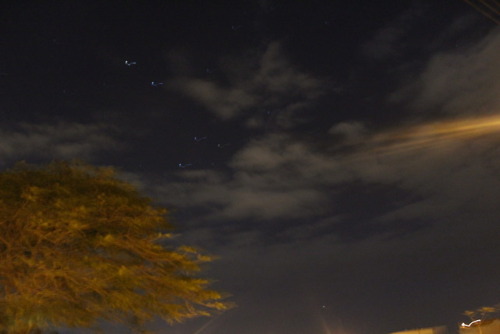

Everything’s coming up roses. See a close-up view of a storm with bright cloud tops in this rose-colored view of Jupiter.
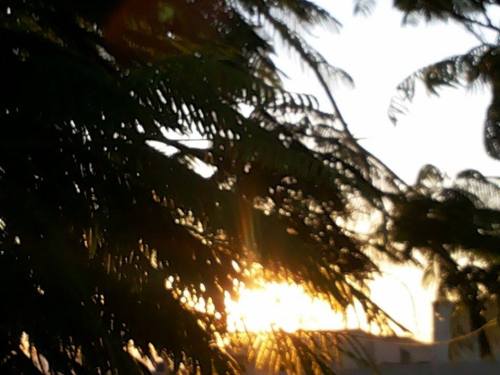

A Cup of Jove. Jupiter cloud formations resemble cream swirling in coffee in this new view taken by NASA’s Juno spacecraft.
Protecting our Home Planet 🌎

Did you ever wonder how we spots asteroids that may be getting too close to Earth for comfort? Wonder no more. Our Planetary Defense Coordination Office does just that. Thanks to a variety of ground and space based telescopes, we’re able to detect potentially hazardous objects so we can prepare for the unlikely threat against our planet.
What is a near-Earth object?

Near-Earth objects (NEOs) are asteroids and comets that orbit the Sun, but their orbits bring them into Earth’s neighborhood – within 30 million miles of Earth’s orbit.
These objects are relatively unchanged remnant debris from the solar system’s formation some 4.6 billion years ago. Most of the rocky asteroids originally formed in the warmer inner solar system between the orbits of Mars and Jupiter, while comets, composed mostly of water ice with embedded dust particles, formed in the cold outer solar system.
Who searches for near-Earth objects?

Our Near-Earth Object (NEO) Observations Program finds, tracks and monitors near-Earth asteroids and comets. Astronomers supported by the program use telescopes to follow up the discoveries to make additional measurements, as do many observatories all over the world. The Center for Near-Earth Object Studies, based at our Jet Propulsion Laboratory, also uses these data to calculate high-precision orbits for all known near-Earth objects and predict future close approaches by them to Earth, as well as the potential for any future impacts.
How do we calculate the orbit of a near-Earth object?

Scientists determine the orbit of an asteroid by comparing measurements of its position as it moves across the sky to the predictions of a computer model of its orbit around the Sun. The more observations that are used and the longer the period over which those observations are made, the more accurate the calculated orbit and the predictions that can be made from it.
How many near-Earth objects have been discovered so far?
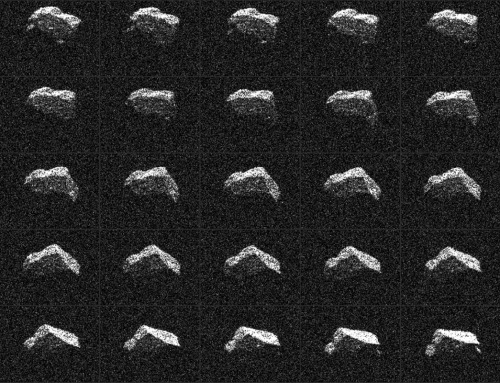
At the start of 2019, the number of discovered NEOs totaled more than 19,000, and it has since surpassed 20,000. An average of 30 new discoveries are added each week. More than 95 percent of these objects were discovered by NASA-funded surveys since 1998, when we initially established its NEO Observations Program and began tracking and cataloguing them.
Currently the risk of an asteroid striking Earth is exceedingly low, but we are constantly monitoring our cosmic neighborhood. Have more questions? Visit our Planetary Defense page to explore how we keep track of near-Earth objects.
Make sure to follow us on Tumblr for your regular dose of space: http://nasa.tumblr.com.

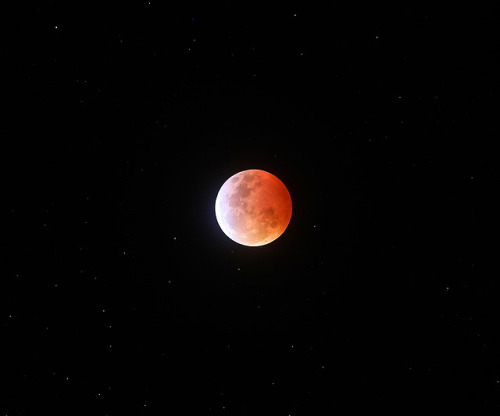
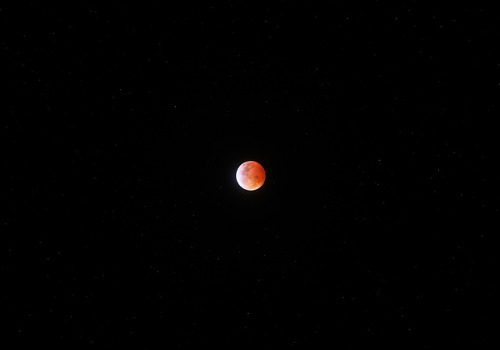
Lunar Eclipse 2019
Image credit: Joseph Brimacombe
-
 zuttie-deactivated-2022 liked this · 4 years ago
zuttie-deactivated-2022 liked this · 4 years ago -
 maryolive liked this · 4 years ago
maryolive liked this · 4 years ago -
 whatthefuuuuuuccckkkk reblogged this · 4 years ago
whatthefuuuuuuccckkkk reblogged this · 4 years ago -
 dryadwyn reblogged this · 4 years ago
dryadwyn reblogged this · 4 years ago -
 dryadwyn liked this · 4 years ago
dryadwyn liked this · 4 years ago -
 ya-uzhe-zaebalas liked this · 4 years ago
ya-uzhe-zaebalas liked this · 4 years ago -
 whatthefuuuuuuccckkkk liked this · 4 years ago
whatthefuuuuuuccckkkk liked this · 4 years ago -
 thegayqueenofurartu reblogged this · 4 years ago
thegayqueenofurartu reblogged this · 4 years ago -
 astronofeminist reblogged this · 4 years ago
astronofeminist reblogged this · 4 years ago -
 astronofeminist liked this · 5 years ago
astronofeminist liked this · 5 years ago -
 spaxey reblogged this · 5 years ago
spaxey reblogged this · 5 years ago -
 crispyempathcashopera liked this · 5 years ago
crispyempathcashopera liked this · 5 years ago -
 worldart1 reblogged this · 6 years ago
worldart1 reblogged this · 6 years ago -
 replicant1955 liked this · 6 years ago
replicant1955 liked this · 6 years ago -
 coikarp liked this · 6 years ago
coikarp liked this · 6 years ago -
 geksli73 liked this · 6 years ago
geksli73 liked this · 6 years ago -
 astarhot liked this · 6 years ago
astarhot liked this · 6 years ago -
 dearkurisu liked this · 6 years ago
dearkurisu liked this · 6 years ago -
 andrea-wreaks-havoc liked this · 6 years ago
andrea-wreaks-havoc liked this · 6 years ago -
 iamdefinitelynotanalien liked this · 6 years ago
iamdefinitelynotanalien liked this · 6 years ago -
 booperblooper liked this · 6 years ago
booperblooper liked this · 6 years ago -
 autofillisempty-blog liked this · 6 years ago
autofillisempty-blog liked this · 6 years ago -
 immortal69sworld-blog liked this · 6 years ago
immortal69sworld-blog liked this · 6 years ago -
 monecky reblogged this · 6 years ago
monecky reblogged this · 6 years ago -
 monecky liked this · 6 years ago
monecky liked this · 6 years ago -
 tnoiret liked this · 6 years ago
tnoiret liked this · 6 years ago -
 sshitdday liked this · 6 years ago
sshitdday liked this · 6 years ago -
 yakuseungri reblogged this · 6 years ago
yakuseungri reblogged this · 6 years ago -
 yakuseungri liked this · 6 years ago
yakuseungri liked this · 6 years ago -
 ellaa-bellaa liked this · 6 years ago
ellaa-bellaa liked this · 6 years ago -
 luvlymess reblogged this · 7 years ago
luvlymess reblogged this · 7 years ago -
 blogboestbelle liked this · 7 years ago
blogboestbelle liked this · 7 years ago -
 uuuvas liked this · 7 years ago
uuuvas liked this · 7 years ago -
 asriel-hell liked this · 7 years ago
asriel-hell liked this · 7 years ago -
 mizube-japan liked this · 7 years ago
mizube-japan liked this · 7 years ago -
 frothyghosts reblogged this · 7 years ago
frothyghosts reblogged this · 7 years ago -
 butt-fuzz liked this · 7 years ago
butt-fuzz liked this · 7 years ago -
 sealpai liked this · 7 years ago
sealpai liked this · 7 years ago -
 markimitateslife liked this · 7 years ago
markimitateslife liked this · 7 years ago -
 nahomybonilla liked this · 7 years ago
nahomybonilla liked this · 7 years ago